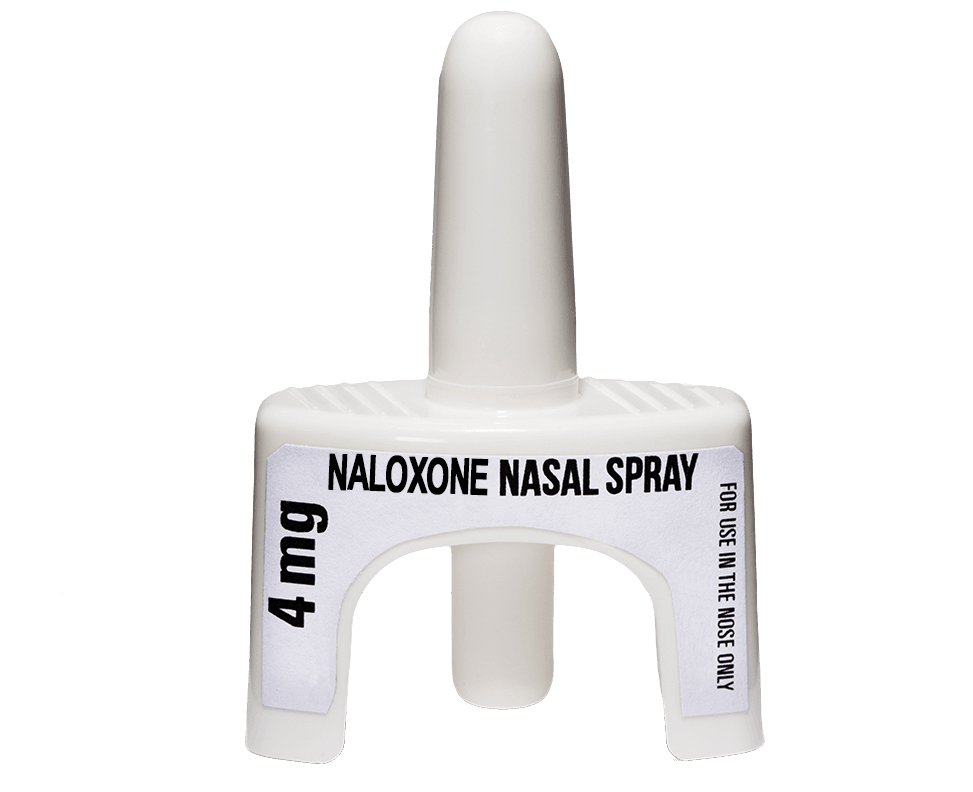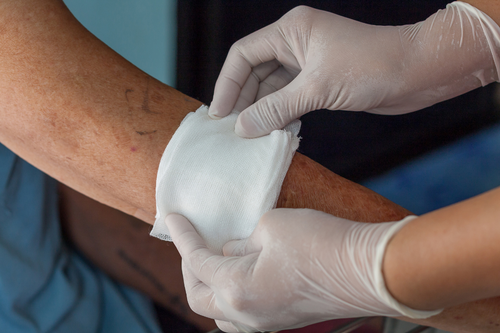
About Xylazine
Xylazine, which some may refer to as “tranq,” is being mixed with street drugs and a person may not even be aware.
Xylazine is not an opioid. It is a very strong sedative used in veterinary medicine. It is not approved for use in humans. (Opioids are a group of drugs that include heroin and prescription medications like oxycodone, hydrocodone, morphine, fentanyl, and methadone.)
Xylazine is being added to street drugs and is often found in combination with fentanyl (a powerful synthetic opioid). It has increasingly been detected in overdose deaths.
Xylazine may be added to street drugs, at least in part, to extend the effects of fentanyl. Not everyone who uses fentanyl is intentionally seeking out xylazine. In some cases, people are not aware that xylazine is in the drugs they are buying and using.
The main effect of xylazine is heavy sedation, so the person who has overdosed will likely be unresponsive. When xylazine is found in combination with fentanyl, the signs and symptoms can include blue/grayish skin and slowed breathing and heart rate.
Naloxone
Naloxone (also known as Narcan) will not reverse a xylazine overdose. However, because xylazine is almost always found in combination with opioids, including fentanyl, naloxone should still be administered whenever an opioid-involved overdose is suspected.
Learn more about how to find and administer naloxone in Maryland at https://beforeitstoolate.maryland.gov/naloxone/.

Wound Care

Xylazine is associated with severe wounds that spread and worsen quickly. The wounds occur regardless of how people use: smoking, snorting, or injecting. People should seek urgent medical attention if they exhibit extreme pain, fever or chills, if the wound turns black, if there is a foul odor, or if they experience bone and/or tissue tenderness or damage.
People who use xylazine heavily and frequently are at risk of withdrawal. Xylazine withdrawal is often marked by irritability, anxiety and a feeling of unease. Maryland’s Good Samaritan Law (or “Good Sam”) protects those who assist with an emergency alcohol- or drug-related overdose.The Good Samaritan Law also protects the person experiencing the emergency medical overdose. Learn more.
Additional Resources
Xylazine in Maryland Report
To respond to the potential threat of xylazine, the Maryland Department of Health’s Overdose Data to Action team developed the Maryland Xylazine Workgroup to address questions, share data, and make recommendations for practice, surveillance, and policy development. Their report summarizes the efforts of the Workgroup and presents critical information about xylazine in Maryland.
Rapid Analysis of Drugs (RAD)
RAD is a statewide drug-checking program overseen by the Maryland Department of Health’s Center for Harm Reduction Services. RAD tests paraphernalia samples voluntarily submitted by participants of syringe services programs in Maryland and provides information on drug composition in near real-time.
- Rapid Analysis of Drugs Report – Volume 1: Xylazine
This report assesses the presence of xylazine in RAD samples between October 2021 and October 2023.

 1-888-373-7888
1-888-373-7888 233733
233733